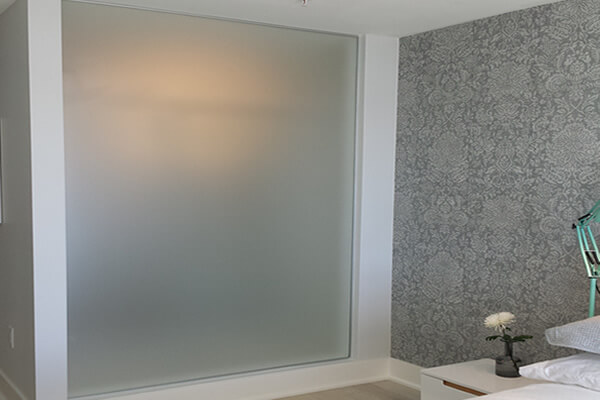

Low-E 180 Glass Enhancing Energy Efficiency and Comfort
In today’s world, where energy conservation and environmental sustainability are more important than ever, Low-E (Low Emissivity) glass has emerged as a leading solution for residential and commercial buildings. Among the various types of Low-E glass available, Low-E 180 glass stands out for its remarkable balance of solar control and thermal insulation, making it an ideal choice for energy-efficient windows.
Low-E 180 Glass Enhancing Energy Efficiency and Comfort
Low-E 180 glass is particularly noteworthy for its high visible transmittance, which means it allows ample natural light into buildings without compromising on heat control. This quality is especially advantageous for architects and builders who aim to achieve bright and inviting spaces while optimizing energy usage. The numbers behind Low-E 180 glass reflect its efficiency the coating effectively reflects up to 80% of the sun’s infrared rays, aiding in maintaining a comfortable living or working environment.

One of the primary benefits of Low-E 180 glass is its contribution to energy savings. By reducing reliance on heating and cooling systems, buildings can significantly lower their energy consumption, resulting in lower utility bills. This energy efficiency not only benefits homeowners and businesses financially but also contributes to a reduction in greenhouse gas emissions, supporting global efforts to combat climate change.
Furthermore, using Low-E 180 glass in windows can lead to a more consistent indoor climate. Traditional glazing can cause significant temperature fluctuations by allowing outside temperature extremes to penetrate indoors. In contrast, Low-E 180 glass maintains steadier indoor temperatures, enhancing occupant comfort and wellbeing. This stability is essential in environments that require regulated conditions, such as offices or laboratories.
Another important consideration is the impact on UV protection. Low-E 180 glass helps to block the harmful ultraviolet rays that can lead to fading and deterioration of furniture and flooring, prolonging the life of interior possessions. This feature is especially beneficial for homeowners who invest in high-quality furnishings and artwork.
In summary, Low-E 180 glass represents a significant advancement in window technology, offering a fusion of energy efficiency, aesthetic appeal, and comfort. Its ability to enhance natural light while controlling heat transfer makes it a top choice for those looking to invest in sustainable building practices. As we move towards a more energy-conscious future, the adoption of Low-E glass solutions will undoubtedly play a crucial role in shaping the way we design and construct our living and working spaces.